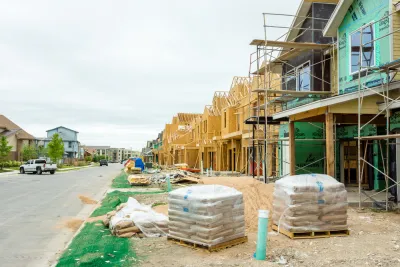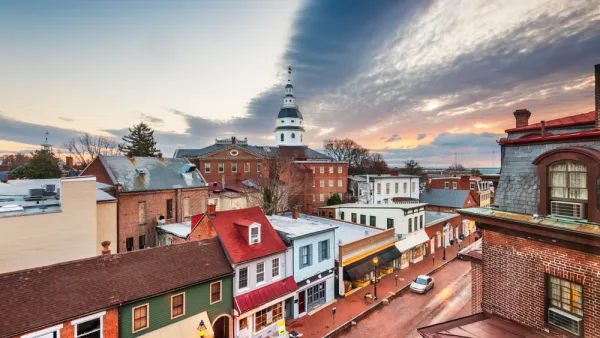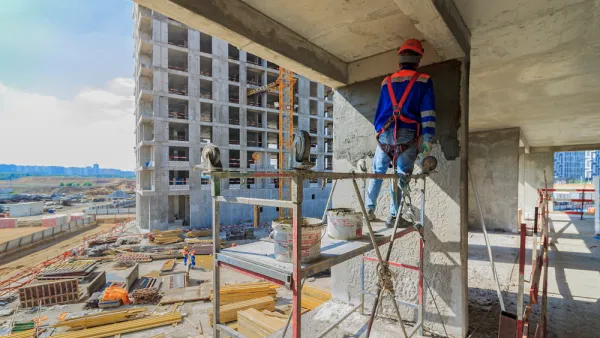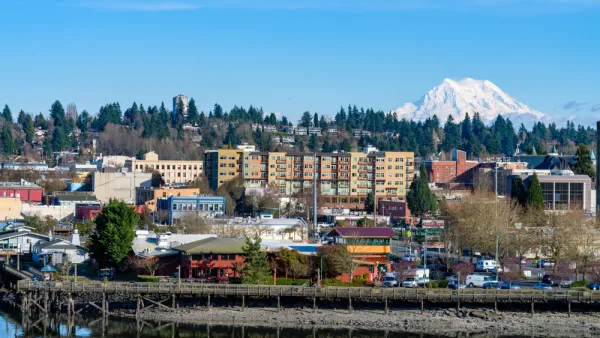Smart policies can ensure that low- and moderate-income households can find suitable housing in good neighborhoods where transportation costs are low. The research is clear: upzoning works.

"If we want to increase the supply of affordable housing, it's important to understand that it's not just about housing. Too often, efforts to increase affordability ignore transportation costs, resulting in cheap housing in isolated areas with high vehicle expenses. When all costs are considered, it's clear that the best way to increase affordability and economic opportunity is “upzoning” — allowing more housing in a given area — in accessible, high-opportunity neighborhoods."
"In the past, affordability was defined as households being able to spend less than 30 percent of their budget on housing, but many experts now define it as spending less than 45 percent on housing and transportation combined. That definition recognizes that a cheap house is not truly affordable if it’s located in an isolated area with high transportation costs, and that households can rationally spend more for housing in a walkable, mixed-use neighborhood where transportation is cheaper."
"This has important policy implications beyond simply increasing the supply of homes that people can afford. Smart-growth policies that increase affordable infill — more housing in existing residential areas — also can help achieve many economic, social and environmental goals. We know that children tend to be happier, healthier and more successful if they grow up in high-opportunity neighborhoods: areas with mixed incomes, good schools and convenient access to services and jobs."
FULL STORY: A Recipe for Achieving Real Housing Affordability

National Parks Layoffs Will Cause Communities to Lose Billions
Thousands of essential park workers were laid off this week, just before the busy spring break season.

Retro-silient?: America’s First “Eco-burb,” The Woodlands Turns 50
A master-planned community north of Houston offers lessons on green infrastructure and resilient design, but falls short of its founder’s lofty affordability and walkability goals.

Delivering for America Plan Will Downgrade Mail Service in at Least 49.5 Percent of Zip Codes
Republican and Democrat lawmakers criticize the plan for its disproportionate negative impact on rural communities.

Test News Post 1
This is a summary

Test News Headline 46
Test for the image on the front page.

Balancing Bombs and Butterflies: How the National Guard Protects a Rare Species
The National Guard at Fort Indiantown Gap uses GIS technology and land management strategies to balance military training with conservation efforts, ensuring the survival of the rare eastern regal fritillary butterfly.
Urban Design for Planners 1: Software Tools
This six-course series explores essential urban design concepts using open source software and equips planners with the tools they need to participate fully in the urban design process.
Planning for Universal Design
Learn the tools for implementing Universal Design in planning regulations.
EMC Planning Group, Inc.
Planetizen
Planetizen
Mpact (formerly Rail~Volution)
Great Falls Development Authority, Inc.
HUDs Office of Policy Development and Research
NYU Wagner Graduate School of Public Service





























